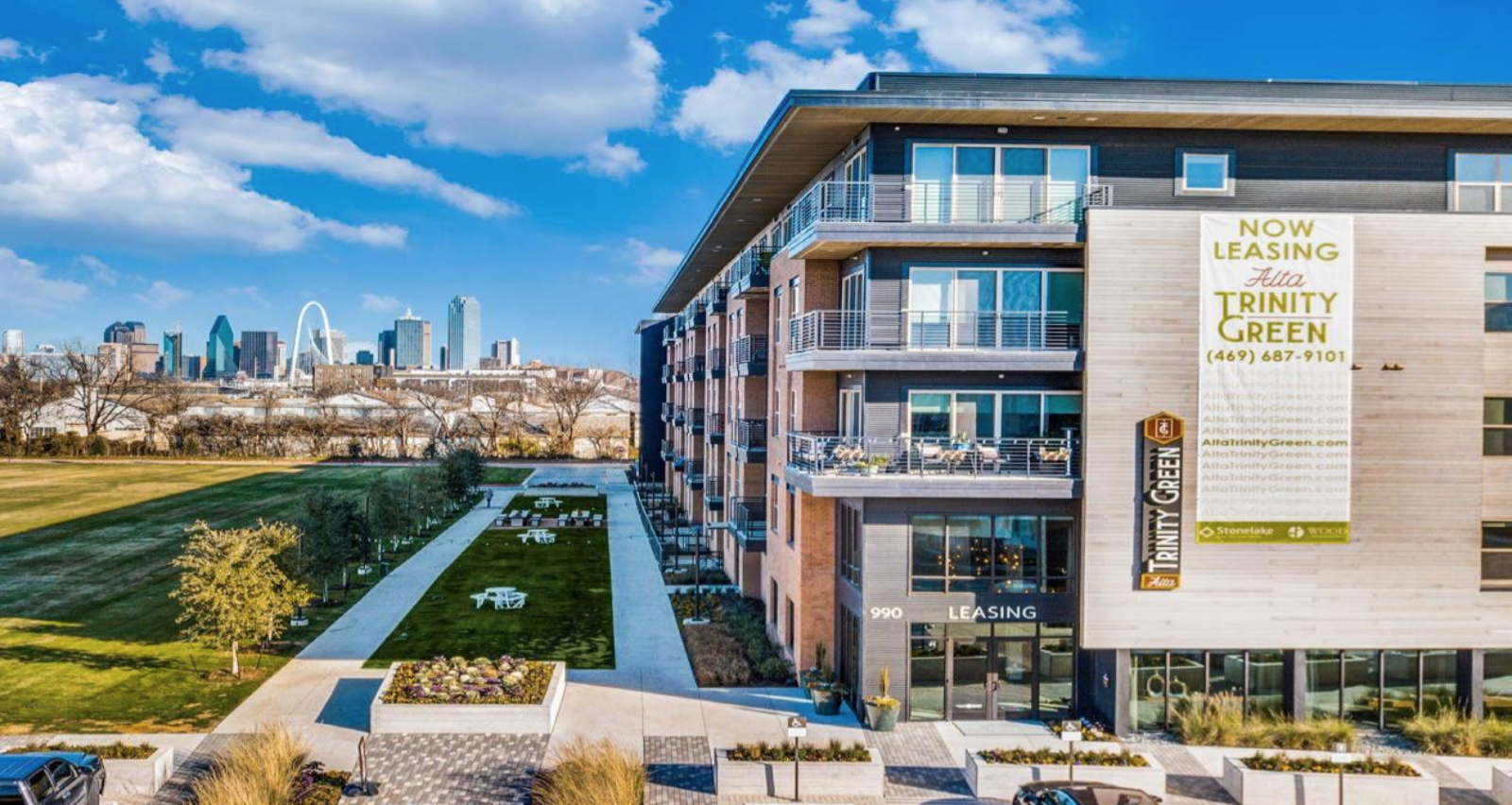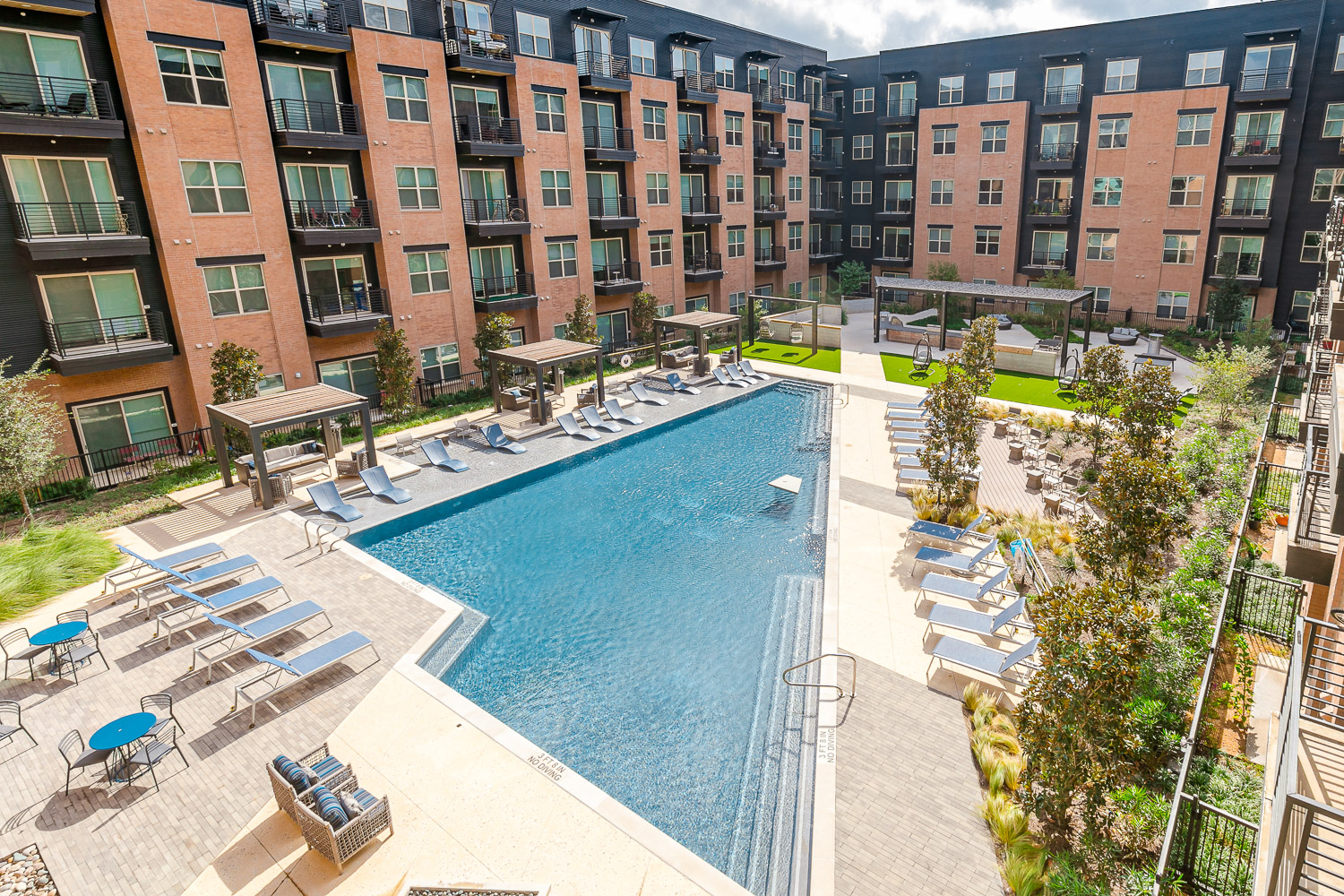Projected Impact of COVID-19 on the Multifamily Market

Despite the pandemic, the multifamily sector of commercial real estate investment is showing a resilience unmatched by other asset classes.
COVID-19 and the resulting economic impact coupled with changes implemented by the Federal Reserve (FED) have led to a decline in interest rates. We believe these lower rates - along with some other factors - will increase values in multifamily real estate across various markets.
Here’s Why
- Multifamily performed extremely well during COVID as compared to hospitality, office, and retail. After all, people still need a place to live. Things like hotels and shopping centers are secondary to their need for a roof over their heads. This means all types of investors will shift their focus to multifamily and away from other property types that are susceptible to things like COVID—this will result in more demand for multifamily and lower cap rates for the near future.
- The Fed has committed to keeping interest rates low through 2023, aiming for an “average” of 2% inflation target. This means that inflation will have to be above 2% for an extended period before the Fed will increase interest rates. In addition, the Fed has increased the money supply by 20% in the past 8 months. This influx of money will devalue the US dollar while increasing asset values, which we are already seeing in the stock market.
- Because interest rates are so low right now, the demand for single-family homes is rapidly increasing. This means that home prices are increasing. The supply of single-family homes is not enough, in our markets, to pull a significant portion of apartment renters into home ownership. In 2019, there were 29,405 single family homes for sale in Dallas, today there are only 16,282 on the market. The institutional capital that drove single-family home development in 2009 is only a fraction of what it was in 2009, meaning more capital is positioned for multifamily investment.
- Supply is slowing down. Multifamily developments that were not already funded and underway when COVID hit are now on hold. This gives other properties time to burn off concessions, resulting in higher rent and occupancy.
- Construction costs are fluctuating. The cost of lumber was above $1,000/thousand board feet last month, while it was around $400 in January. That’s more than a 100% increase, which translates directly into apartment construction and single-family construction. This increased construction cost drives higher values for existing properties as buyers factor in the replacement cost in their investment underwriting.
- A distressed multifamily market is unlikely. Due to the pandemic, the CDC has issued national eviction restrictions which limit a landlord’s ability to evict. Most multifamily is financed via Fannie Mae or Freddie Mac, quasi-governmental agencies which will be more lenient considering the CDC eviction restrictions. There may be a few distressed multifamily projects, but it will not be to the scale seen in 2010-13. Distress will occur in other property types (hotels and retail mainly) due to their financing being tied to Commercial Mortgage Backed Securities (CMBS) debt.
- Our view is that any distressed opportunities will likely translate into higher cap rates. For instance, in Houston and Orlando, two markets impacted more heavily by COVID due to their respective industries (travel and energy) - the deals being sold in these markets will likely sell for higher cap rates than Dallas, Austin, Phoenix, Denver, or Atlanta because the prospects for short term economic growth are lower. That’s how we’re thinking about acquisitions; if we are going to buy in Houston or Orlando (or similar markets) there needs to be more cash flow in place.
- The Barvin portfolio is returning to normal. Traffic is increasing, occupancy is improving, and we are starting to see reduced concessions. We expect that this will continue through Q1 2021 and we expect to continue pushing for higher rents in Q2 2021 as the forward momentum continues.
As we look forward to the future and start laying the groundwork for 2021, we will plan carefully and invest strategically, while always remembering to expect the unexpected (if there’s anything we’ve learned from the COVID era, it’s this).
Looking to the Future
Thankfully, there have not been any fundamental changes to underlying drivers of demand in the long term after absorbing the initial COVID-induced impact on NOI.
We predict that it may take up to the first few months of 2021 for projects to stabilize, but this rebound will then lead to normalized levels of rent collection in Q2 and Q3, resulting in a higher level of acquisitions. That being said, we do not believe that the pandemic and its resulting effects will have a long-lasting impact on our properties’ valuation.


